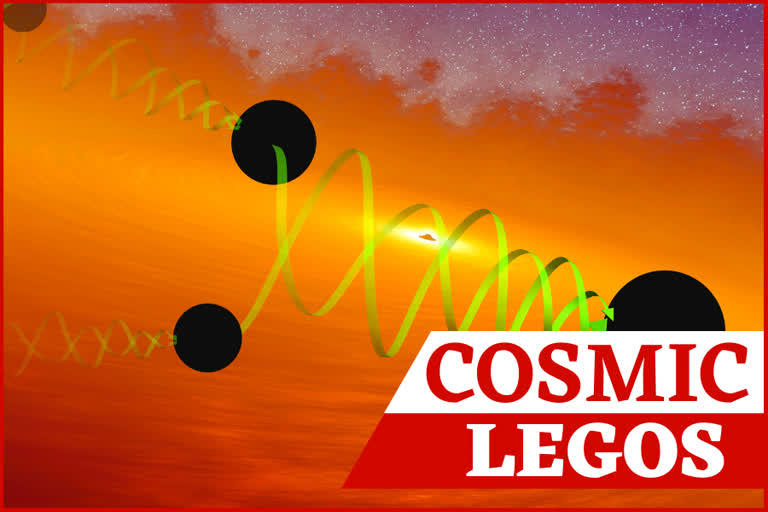Paris:Black holes are getting stranger — even to astronomers. They've now detected the signal from a long-ago violent collision of two black holes that created a new one of a size that had never been seen before.
“It’s the biggest bang since the Big Bang observed by humanity,” said Caltech physicist Alan Weinstein, who was part of the discovery team.
Black holes are compact regions of space so densely packed that not even light can escape. Until now, astronomers only had observed them in two general sizes. There are “small” ones called stellar black holes that are formed when a star collapses and is about the size of small cities. And there are supermassive black holes that are millions, maybe billions, of times more massive than our sun and around which entire galaxies revolve.
According to astronomers' calculations, anything in between didn't quite make sense, because stars that grew too big before the collapse would essentially consume themselves, leaving no black holes.
Also |NASA launches Mars rover to look for signs of ancient life
Star collapses couldn't create stellar black holes much bigger than 70 times the mass of our sun, scientists thought, according to physicist Nelson Christensen, research director of the French National Centre for Scientific Research.
Then in May 2019 two detectors picked up a signal that turned out to be the energy from two stellar black holes — each large for a stellar black hole — crashing into each other. One was 66 times the mass of our sun and the other a husky 85 times the mass of the sun.
The result: The first-ever discovered intermediate black hole, at 142 times the mass of the sun.
Also |Scientists attempt to untangle the 'Black Hole' mystery
Lost in the collision was an enormous amount of energy in the form of a gravitational wave, a ripple in space that travels at the speed of light. It was that wave that physicists in the United States and Europe, using detectors called LIGO and Virgo, captured last year. After deciphering the signal and checking their work, scientists published the results Wednesday in Physical Review Letters and Astrophysical Journal Letters.
